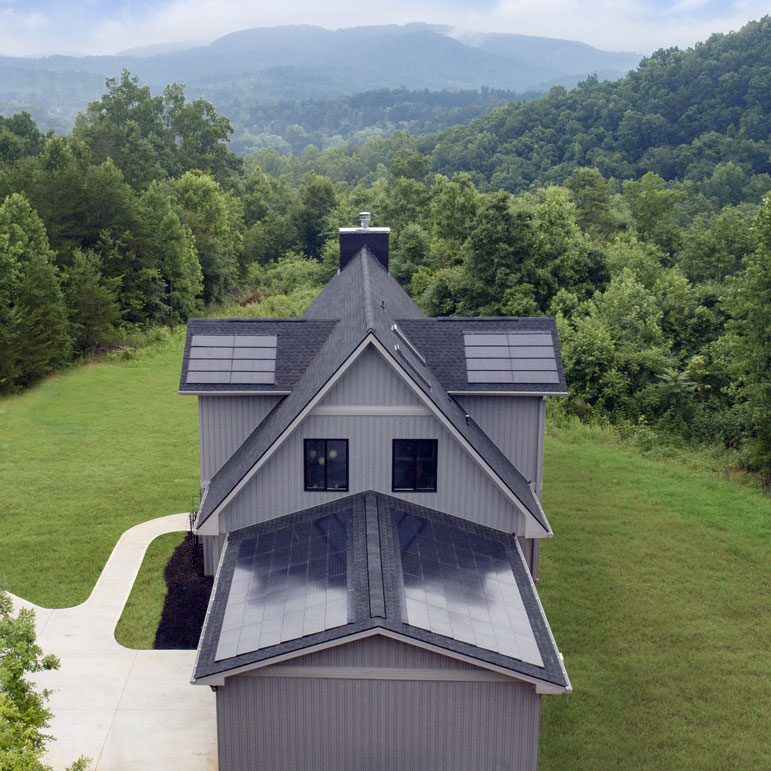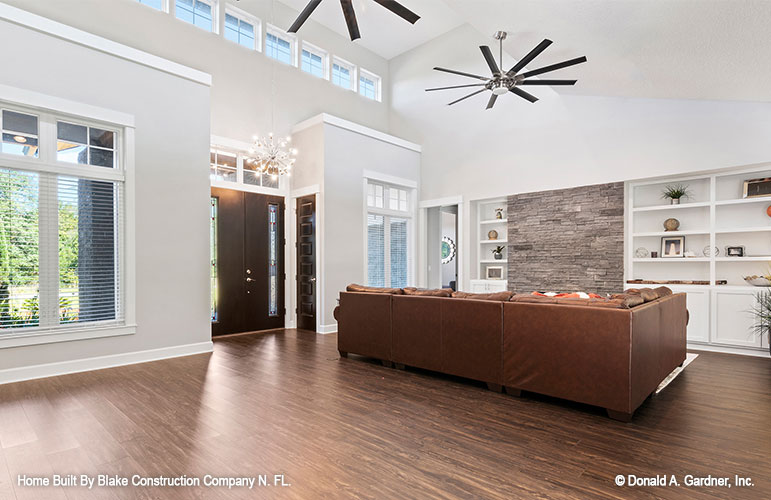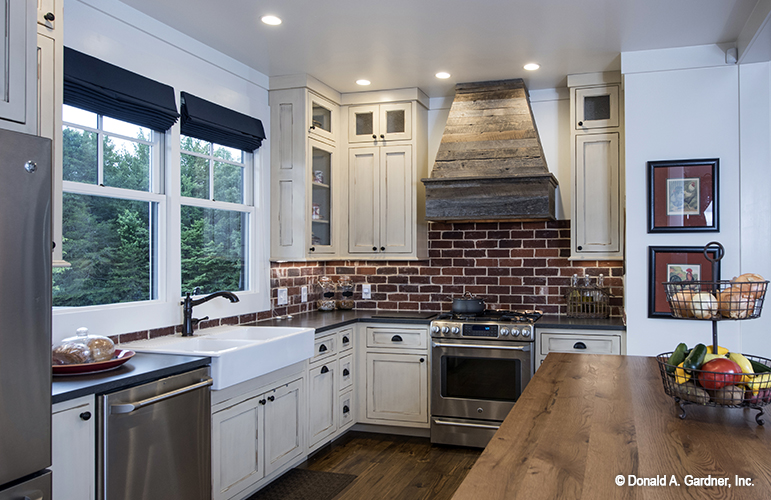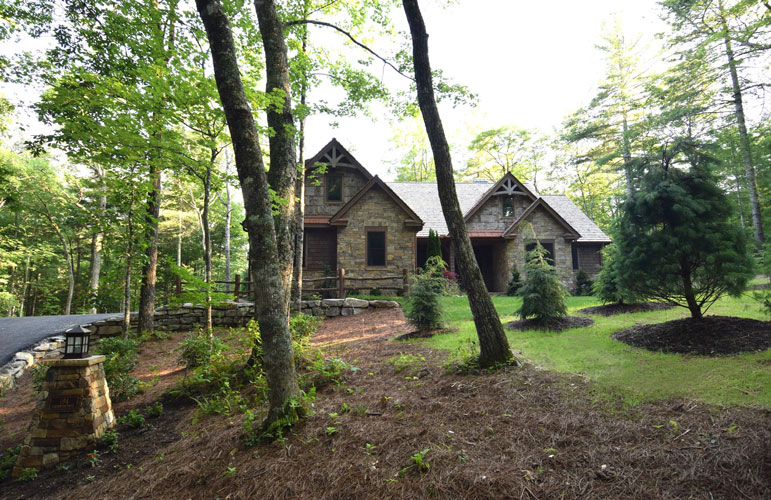Building green involves incorporating sustainable practices and materials into the construction process to minimize environmental impact and maximize energy efficiency. Here are some tips for building green:

Solar Panels: Solar panels are often installed on the roof to capture sunlight and convert it into electricity. This renewable energy source reduces reliance on fossil fuels and lowers electricity bills.
Energy-Efficient Appliances: Green homes are equipped with energy-efficient appliances such as refrigerators, washing machines, and HVAC systems. These appliances consume less electricity and water, contributing to lower utility costs and reduced environmental impact.
Insulation and Energy-Efficient Windows: Proper insulation and energy-efficient windows help regulate indoor temperatures, reducing the need for heating and cooling. This not only saves energy but also enhances comfort and indoor air quality.

Passive Solar Design: Passive solar design utilizes the sun’s energy for heating and lighting by optimizing building orientation, window placement, and thermal mass. This design approach maximizes natural light and heat, further reducing energy consumption.
High-Efficiency Lighting: LED lighting fixtures are commonly used in green homes due to their energy efficiency and longevity. LED bulbs consume less electricity and produce less heat compared to traditional incandescent bulbs.
Water Conservation: Green homes incorporate water-saving fixtures such as low-flow toilets, faucets, and showerheads to minimize water consumption. Rainwater harvesting systems may also be installed to collect rainwater for landscape irrigation and other non-potable uses.
Renewable Energy Systems: In addition to solar panels, green homes may incorporate other renewable energy systems such as wind turbines, geothermal heat pumps, or micro-hydro systems, depending on the location and resources available.

Natural and Recycled Materials: Sustainable construction materials, such as bamboo flooring, reclaimed wood, and recycled metal, are used to minimize environmental impact and promote resource conservation.
Green Roofs and Living Walls: Some green homes feature green roofs or living walls, which help improve air quality, provide insulation, reduce stormwater runoff, and create habitat for wildlife.
Smart Home Technology: Smart thermostats, lighting controls, and energy monitoring systems enable homeowners to optimize energy usage, track consumption patterns, and make informed decisions to further reduce their environmental footprint.
Certifications and Standards: Consider pursuing green building certifications such as LEED (Leadership in Energy and Environmental Design) or ENERGY STAR to validate your project’s sustainability and potentially qualify for incentives or tax credits.

Site Planning and Landscaping: Plan your building site to minimize disturbance to natural habitats and maximize passive solar gain. Incorporate native plants and drought-resistant landscaping to reduce water usage and promote biodiversity.
By following these tips and integrating green building principles into your construction project, you can create a more sustainable, energy-efficient, and environmentally friendly building that benefits both occupants and the planet.





